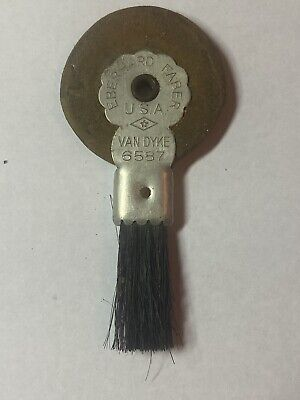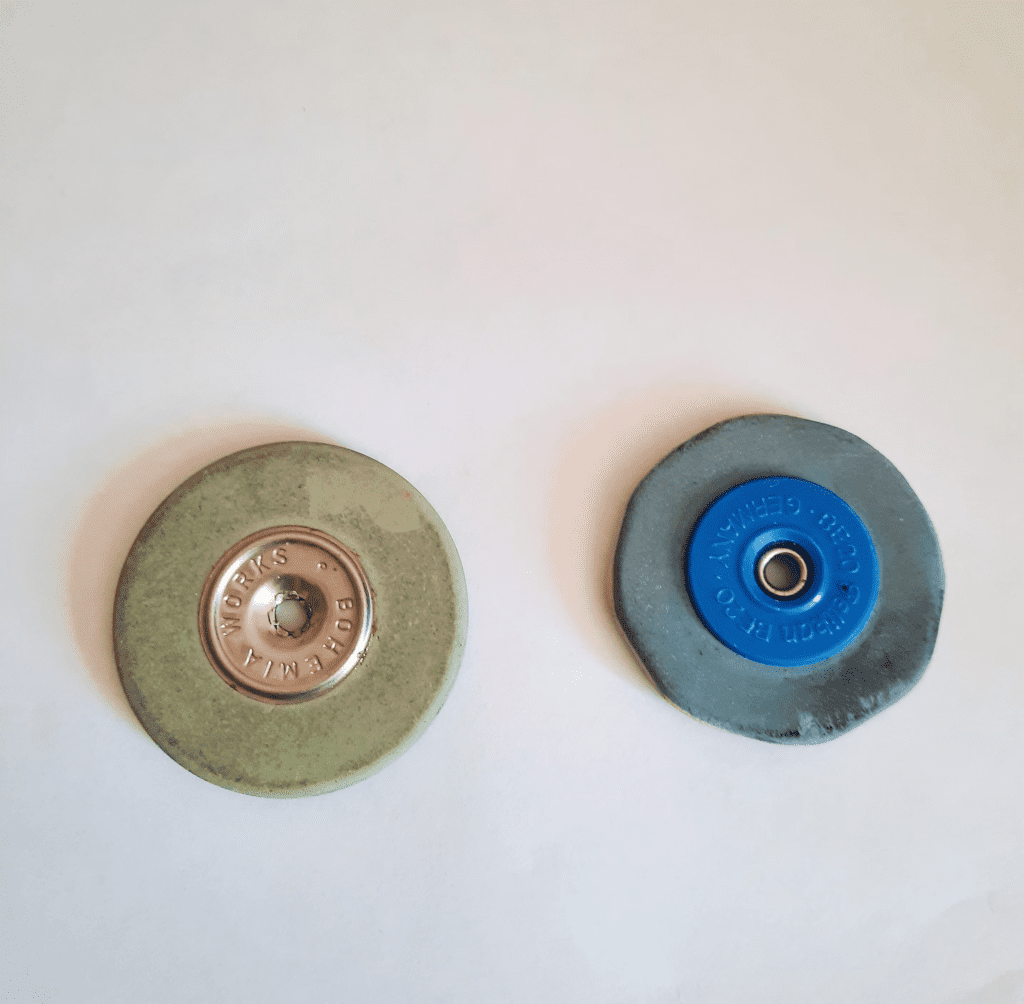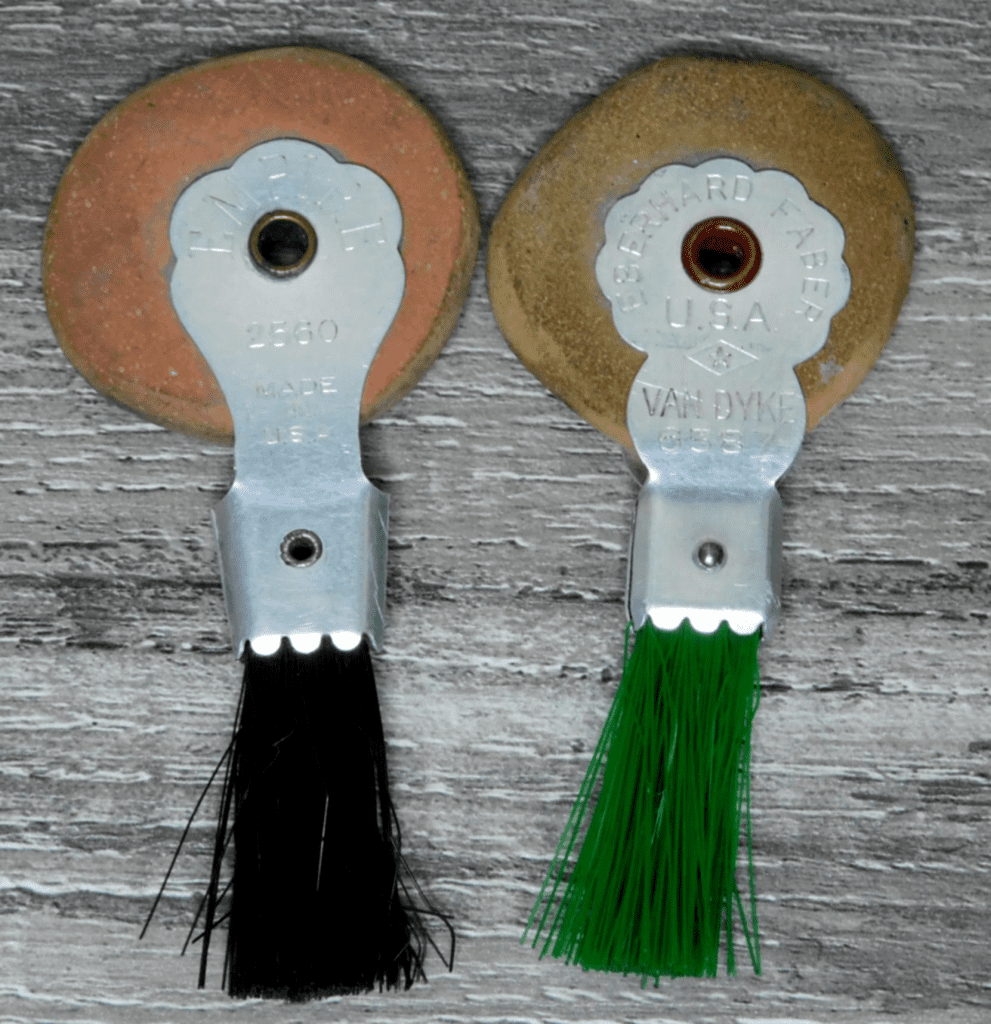Ever come across an old tool that seems like a relic from a bygone era, only to realize it’s still surprisingly useful? The typewriter eraser—also known as an ink eraser—fits that description perfectly. If you’ve seen one before, you might recall its clever function. But what’s even more fascinating is the story behind it. Let’s take a trip down memory lane and explore the history, evolution, and lingering usefulness of this once-essential tool.

The Birth of the Typewriter Eraser: A Solution to a Common Problem
Before computers and modern word processors, people relied on typewriters for writing documents, letters, and manuscripts. However, typewriters had one major flaw—once a mistake was typed, there was no backspace key to fix it instantly. That meant one small typo could ruin an entire document.
Enter the typewriter eraser, a simple but ingenious invention designed to correct mistakes without starting over. Unlike traditional erasers used for pencil marks, typewriter erasers were made from a tougher rubber material embedded with abrasive particles. This design allowed them to remove ink from paper without leaving smudges.

How Did the Typewriter Eraser Work?
The typewriter eraser was a unique tool that required a bit of skill to use effectively. Here’s how it worked:
- Locate the Error – First, you needed to identify the mistake on the page.
- Erase Carefully – Using the eraser’s gritty surface, you gently rubbed away the inked letter. Unlike pencil erasers, this process actually scraped away a thin layer of paper to remove the ink.
- Brush Away the Debris – Most typewriter erasers came with a small brush attached to them. After erasing, you’d use the brush to sweep away the rubber shavings and paper dust, ensuring a clean page.
- Re-type the Correct Character – With the mistake erased, you could carefully realign the paper in the typewriter and type the correct letter in its place.
Though it required precision, the typewriter eraser was a lifesaver for writers, secretaries, and office workers who needed to produce error-free documents.
The Evolution of Typewriter Erasers: From Discs to Correction Tape
As typewriters became more advanced, so did the tools for fixing errors. Typewriter erasers originally came in different forms:
- Eraser Discs – These were small, round rubber erasers, often with a hole in the center for easy grip. The rough texture helped scrape off ink effectively.
- Pencil-Style Erasers – Some typewriter erasers resembled regular pencils but had an eraser tip instead of graphite. These were useful for precise corrections.
- Correction Fluids – Liquid correction products like Wite-Out began gaining popularity in the mid-20th century, offering an easier alternative to rubbing away ink.
- Correction Tape – Eventually, typewriter manufacturers introduced correction tape, which allowed users to cover up mistakes instantly without the mess of eraser shavings.
Each of these innovations improved the correction process, making it easier and more efficient for typists to fix their mistakes.

Why Did Typewriter Erasers Disappear?
With the rise of personal computers and word processors in the 1980s and 1990s, typewriters became less common, and so did the need for typewriter erasers. The ability to delete text on a screen and print a flawless document meant that manual correction tools were no longer necessary.
By the early 2000s, typewriter erasers had largely vanished from offices and stores, replaced by digital editing tools. Today, they are considered nostalgic artifacts rather than essential office supplies.
A Surprising Revival: Are Typewriter Erasers Still Useful Today?
You might think typewriter erasers are completely obsolete, but they still have some surprising uses:
- Art and Design – The abrasive texture of typewriter erasers makes them great for erasing ink or small details in drawings. Some artists even use them for shading effects.
- Restoration Work – In historical document preservation, experts sometimes use typewriter erasers to gently remove ink stains or correct minor blemishes on old paper.
- DIY Projects – If you’re into crafting, these erasers can be handy for creating unique textures or distressing materials.
- Collectors’ Items – Vintage office supplies, including typewriter erasers, have become popular among collectors who appreciate the history of writing technology.
So while they may not be in every office drawer anymore, typewriter erasers still have a niche role in certain creative and restoration fields.

The Legacy of the Typewriter Eraser
The typewriter eraser may no longer be a daily necessity, but its impact on office work and writing history is undeniable. Before the digital age, this simple tool saved countless hours of retyping and frustration. It was a small but vital part of an era when every typed word mattered.
Today, typewriter erasers serve as a reminder of how far technology has come. They symbolize a time when writing required patience, precision, and a bit of elbow grease. Though modern tools have made editing effortless, there’s something nostalgic about the old-fashioned way of fixing mistakes.
So, the next time you stumble upon a typewriter eraser in an antique shop or a forgotten drawer, take a moment to appreciate its history. It may be a relic from a different time, but in its own way, it still holds value.